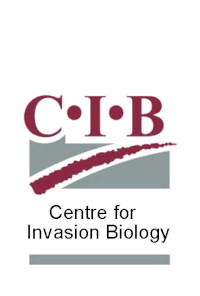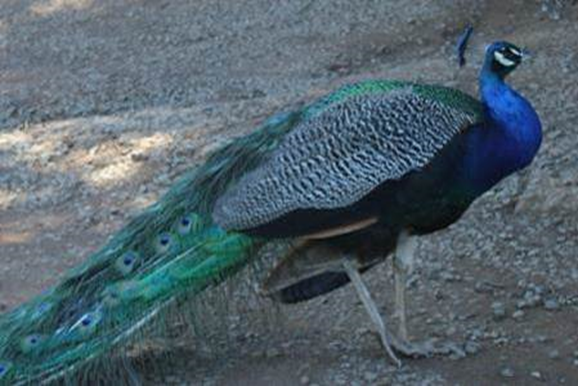2 April 2020 | By Ana Novoa
For decades, invasion scientists have been trying to identify generalisations that can allow us to understand which species will become invasive in the future, where and how they will be introduced, which impacts they will have in the invaded areas, and how we can efficiently manage them. However, due to the context dependency of biological invasions, finding such robust and useful generalisations is still a challenge in invasion science.
In response to this challenge, in 2013, C·I·B Associates Christoph Kueffer and Petr Pyšek, together with C·I·B Director Dave Richardson, defined invasion syndromes as “typical recurrent associations of species biology and invasion dynamics with particular invasion contexts such as an invasion stage, invaded habitat and/or socioeconomic context”. By introducing this term, they argued that, although invasions are context-dependent, we can still identify general patterns by grouping invasion events with shared contexts.
Four years later, in November 2017, the Centre for Invasion Biology (C·I·B) hosted an international workshop with the aim of further defining and identifying invasion syndromes, and discussing how these may allow invasion scientists, managers and policy makers to account for context dependence and therefore achieve better understanding and prediction for science and management. Resulting from this workshop and the many discussions that followed it, a paper has been recently published in Biological Invasions.
This paper, a collaborative work of an international team of 29 invasion scientists from 23 institutions, was led by former C·I·B post-doc Ana Novoa and co-authored by a cohort of C·I·B researchers (see list of authors below). The team revised the definition of an invasion syndrome as “A combination of pathways, alien species traits, and characteristics of the recipient ecosystem which collectively result in predictable dynamics and impacts, and that can be managed effectively using specific policy and management actions”. This new definition builds on the early definition by Kueffer et al. (2013) in several key aspects. For example, it is explicitly designed to improve management efficacy, and therefore it considers the human dimensions of invasions and the actions that can be used to manage their impacts or to prevent them from happening in the first place.
To show the utility of the invasion syndromes approach, the authors discuss several examples of invasion syndromes, including cacti with clonal fragmentation in arid ecosystems, small aquatic organisms introduced through ballast water in harbours, tree-feeding insects, large ranid frogs with frequent secondary transfers, piscivorous freshwater fishes, plant invasions in high-elevation areas, and tall-statured grasses. They also propose a systematic method for identifying and delimiting further invasion syndromes.
The concept of invasion syndromes remains to be tested empirically. “However, although not free of limitations, a number of analytical approaches could be used on the currently available data to quantitatively identify invasion syndromes,” says Ana Novoa. For example, the authors propose to explore the use of machine learning techniques, unsupervised clustering techniques such as hierarchical clustering or k-means clustering, and supervised classification techniques such as Random Forest, Support Vector Machines or Artificial Neural Networks for identifying invasion syndromes.
“Overall, we believe that invasion syndromes can account for the context-dependency of biological invasions,” Novoa explains. “We are positive that this approach will help us to improve our understanding of the phenomenon of biological invasions, and to develop more effective management strategies,” she concludes.
Read the paper
Kueffer, C., Pyšek, P. and Richardson, D.M., 2013. Integrative invasion science: model systems, multi-site studies, focused meta-analysis and invasion syndromes. New Phytologist, 200(3), pp.615-633. https://doi.org/10.1111/nph.12415
Please contact Ana Novoa at novoa.perez.ana@gmail.com for further information.

References
Novoa, A., Richardson, D.M., Pyšek, P. et al. 2020. Invasion syndromes: a systematic approach for predicting biological invasions and facilitating effective management. Biological Invasions. https://doi.org/10.1007/s10530-020-02220-w


